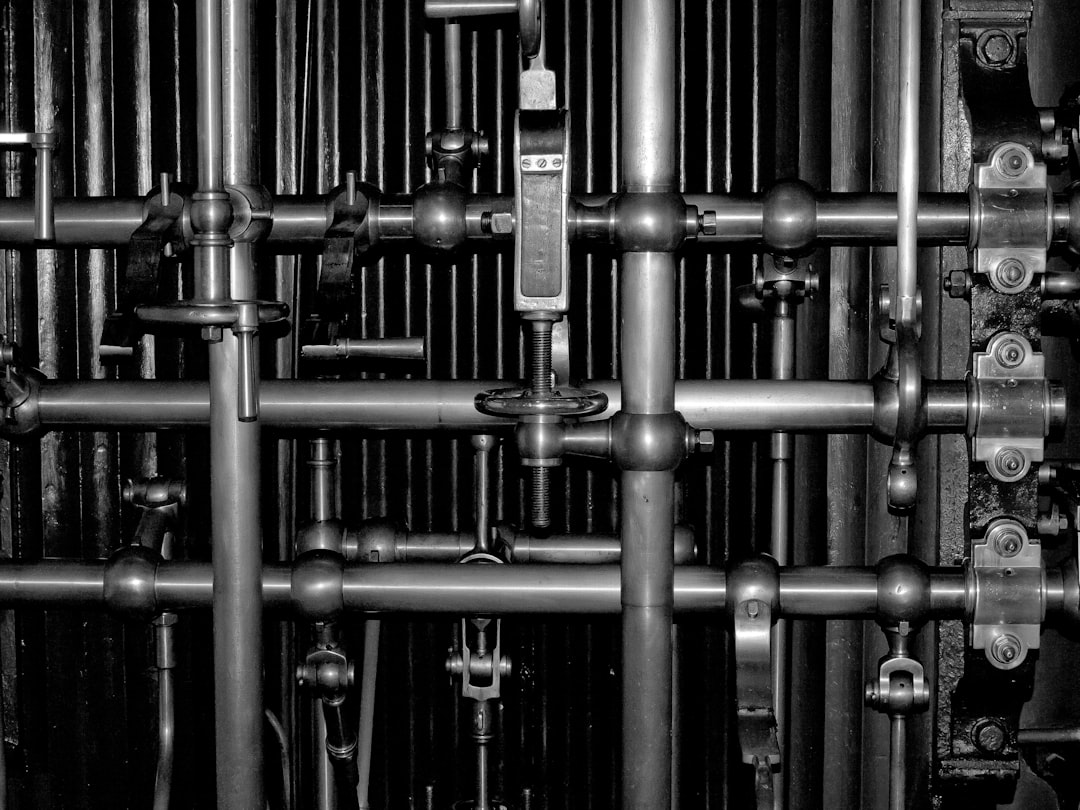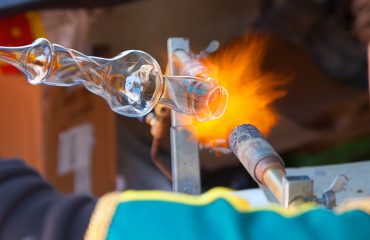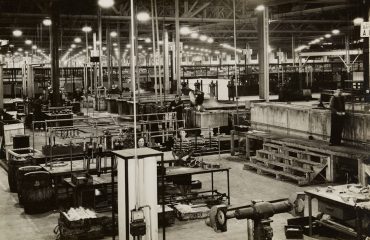Radiographic inspection (RT) is a crucial non-destructive testing (NDT) method used to detect internal flaws and imperfections in pipes. This powerful technique utilizes penetrating radiation to create images revealing the internal structure, allowing for the identification of defects that could compromise the integrity of the pipeline. This comprehensive guide delves into the intricacies of radiographic inspection in pipes, covering its applications, techniques, advantages, limitations, and safety protocols.
Understanding the Principles of Radiographic Pipe Inspection
Radiographic inspection relies on the principle of differential absorption of ionizing radiation. A source of radiation, typically X-rays or gamma rays, is directed at the pipe. The radiation passes through the pipe, and its intensity is reduced depending on the density of the material. Denser areas, like the pipe’s base metal, absorb more radiation, while less dense areas, such as defects like cracks, porosity, or inclusions, absorb less. The resulting differential absorption is captured on a film or digital detector, creating a radiograph—a shadow image revealing internal structures and flaws.
The choice between X-rays and gamma rays depends on factors such as the pipe’s thickness, material, and the required level of detail. X-ray sources are more versatile and offer better control over radiation output, while gamma ray sources are more portable and suitable for field inspections of thicker sections.
Types of Radiographic Techniques Used in Pipe Inspection
Several techniques are employed in radiographic pipe inspection, each tailored to specific situations and pipe geometries:
- Single-wall radiography: This technique examines one wall of the pipe at a time, providing a detailed image of the wall thickness and any defects present.
- Double-wall radiography: This method inspects both walls simultaneously, often used for smaller diameter pipes. It provides a less detailed image compared to single-wall radiography but is faster and more efficient.
- Panoramic radiography: Suitable for long pipe sections, panoramic radiography captures a wide area in a single exposure, reducing the number of individual shots required.
- Computed Radiography (CR) and Digital Radiography (DR): These digital methods replace film with electronic detectors, offering faster image processing, improved image quality, and the ability to manipulate images for better defect visualization.
Applications of Radiographic Inspection in Pipe Systems
Radiographic inspection plays a critical role in various stages of a pipe’s lifecycle, ensuring its structural integrity and safe operation:
- Weld inspection: RT is extensively used to detect weld defects such as cracks, porosity, slag inclusions, and lack of fusion, which are critical concerns in welded pipe joints.
- Corrosion detection: Radiography can reveal internal corrosion, pitting, and wall thinning, helping to assess the remaining pipe life and schedule necessary maintenance or replacement.
- Material characterization: RT can help determine the homogeneity of the pipe material and identify any significant variations in density or composition.
- Quality control during manufacturing: Radiographic inspection ensures that pipes meet specified quality standards during the manufacturing process.
- In-service inspection: RT is used to inspect in-service pipelines to detect defects that may have developed due to operational stresses, corrosion, or other factors.
Advantages and Limitations of Radiographic Pipe Inspection
Advantages:
- High sensitivity: RT can detect small and subtle defects that might be missed by other NDT methods.
- Permanent record: Radiographs provide a permanent record of the inspection, facilitating future analysis and comparison.
- Wide applicability: RT can be used for a wide range of pipe materials, sizes, and thicknesses.
- Comprehensive evaluation: RT provides a comprehensive evaluation of the pipe’s internal structure and defects.
Limitations:
- Safety concerns: RT involves ionizing radiation, requiring strict safety protocols and trained personnel.
- Cost and time: RT can be relatively expensive and time-consuming, especially for large-scale inspections.
- Accessibility limitations: Access to the pipe may be challenging in certain situations, requiring specialized techniques or equipment.
- Surface defects limitation: While excellent for internal flaws, RT is less effective at detecting surface defects.
Safety Precautions in Radiographic Pipe Inspection
Safety is paramount in radiographic inspection. Stringent safety protocols must be followed to protect personnel from the hazards of ionizing radiation. These include:
- Radiation shielding: Appropriate shielding materials, such as lead, must be used to protect personnel from direct radiation exposure.
- Distance and time: Minimizing exposure time and maintaining a safe distance from the radiation source are crucial.
- Radiation monitoring: Personnel dosimeters must be worn to monitor individual radiation exposure levels.
- Safety training: All personnel involved in RT must receive thorough training on safety procedures and radiation protection.
- Controlled access: Access to the inspection area should be restricted to authorized personnel only during the procedure.
In conclusion, radiographic inspection is an indispensable technique for ensuring the integrity and safety of pipe systems. Understanding its principles, techniques, advantages, limitations, and safety protocols is crucial for effective implementation and the successful detection of potential flaws.
SEO Tags: radiographic inspection, pipe inspection, NDT, non-destructive testing, pipeline inspection, radiography




